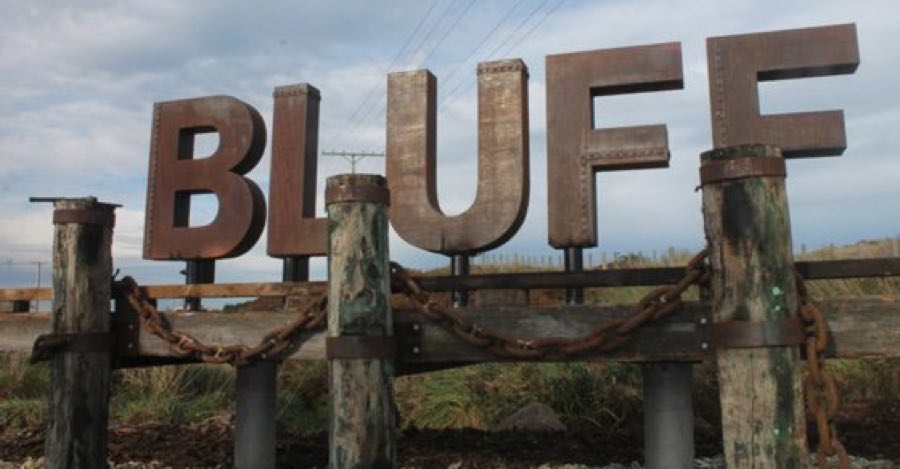The future of Tiwai Aluminium Smelter should be known by March 2025, and those involved in the decision making have been told by Mayor Nobby Clark the community wants it to stay open.
“If it comes down to Tiwai or green hydrogen, it’s Tiwai, because the jobs are there and the industry has always been there.
“But in an ideal world, we will have both, and I hope that will be the case,” he said.
Southern Green Hydrogen partners voiced confidence in May 2023 their plans for the world’s first large-scale green hydrogen plant in Southland will go ahead.
The significance of the proposal, estimated to be a $5 billion undertaking, has always been seen by local leaders as an addition to the continued operation of the Rio Tito/NZAS smelter, not a replacement for it.
The project is to build a plant to split water into hydrogen and oxygen, with the hydrogen used as a fuel.
Meanwhile, Mayor Clark acknowledged that Bluff needed to become more of a destination point for tourism, with new aquaculture projects coming onboard over the next 12 months.
“What does it do for the economy and the people in Bluff that might be struggling? Aquaculture is the future for us,” he said.
But people still struggle to find somewhere for a decent coffee in Bluff, and he points them in the direction of the local Four Square.
“We’ve got ships coming one way, the mountainbikers go there and take a picture of the sign and come back.”
The Bluff Hill Motupōhue Active Recreational Precinct project was also due to be completed in March and will soon start to become recognised nationally.
Mayor Clark compared it to Central Otago’s Lake Dunstan trail that has been hugely popular, and noted that the surrounding towns now had five bike shops operating as a result.


